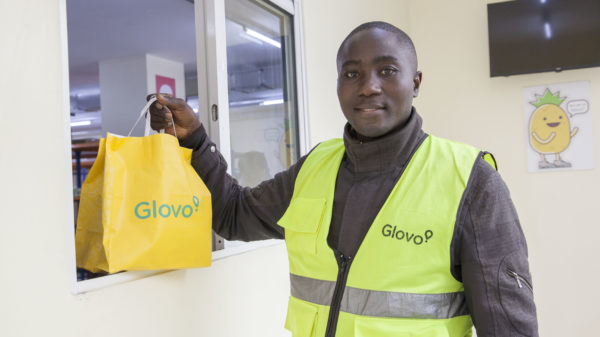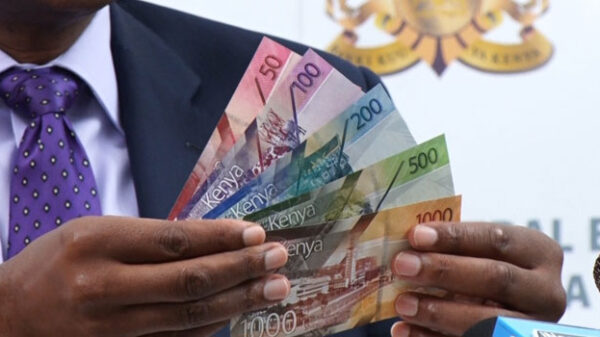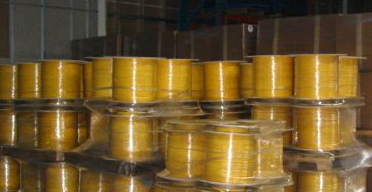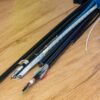NAIROBI, Kenya, Aug 5 – For the last three years, Kenyans have been expecting a magic bullet; one which would automatically lower the cost of internet connectivity to unimaginable rates. Can you imagine the cost of one megabyte falling from $3,500 to $100? I can’t imagine that but we were made to believe it is possible.
Why?
Many businesses were used to the high costs and slow speeds that the promise of a super fast pipe seemed more like a dream. A dream perpetuated by the never ending politics that had dragged the East Africa Sub marine System (EASSy).
But before EASSy could sort out its mess, the government announced plans to partner with Etisalat to deliver The East Africa Marine System (TEAMS) to beat politics of EASSy. Yet before we could digest the news, SEACOM started its Indian Ocean survey, signaling that it was up to competition and could deliver faster than TEAMS. That was the begining of the race to the landing stations in Mombasa, which incidentally are located near each other.
What followed was a plethora of debates and promises on how the cost of connectivity was going to fall. Forget that most of us did not understand how the cost would be drastically slashed but we kept on hoping. There was talk to how businesses would thrive as a result of electronic commerce; we were finally getting there.
That is why it is easy to understand the hopes held by the public prior to SEACOM going live. For many people, it seemed like July 23 was going to be a special day; the day when all the poor crappy connections were supposed to be switched off and replaced with high speed internet.
Instead, the day went on as usual for many people; slow internet and no change whatsoever except for high end clients who had prearranged for a switch over.
It was also understandable that many techies started questioning whether what SEACOM launched was real or was just for the media cameras. People who attended the launch reported improved response time of 380 milliseconds compared to the 600 milliseconds on satellite. However the speeds recorded during the launch did not conform to the hype that surrounded the hype.
People in online forums, participants on twitter and blogs – where SEACOM was ably represented – started inquiring about the Internet Service Providers (ISPs) who were buying bandwidth from SEACOM, maybe so that they could shift, but SEACOM refused to burge, arguing that it was confidential.
For many people in the industry, the lighting of SEACOM sounded like all ISPs were ready to go, that it would be a case of switching from one user to another; the way you switch from one satellite provider to another.
The people who got lucky were those buying bandwidth from Access Kenya, because the company offered double bandwidth at the same cost. This raised its own set of questions; is it that the cost of satellite bandwidth has suddenly come down? What happens to the existing contract now that we are on fiber? How do I know that this is not the bandwidth you should have given me in the first place?
Some people thought that TEAMS would offer more hope but its chairman, Michael Joseph revealed that costs will only get down by 20 percent.
What the cable owners did not tell consumers is that they are business people who are expecting return on investment as soon as possible. All that talk about open access and lower charges has been replaced by the grim reality that this is capitalism and owners of capital dictate the terms.
The question still remains; what happened to the drastic reduction from $3500 to $100? Now the story seems to have changed and most consumers have no choice but to accept it as it is.
We can still hold on to hope that it will get better.



































